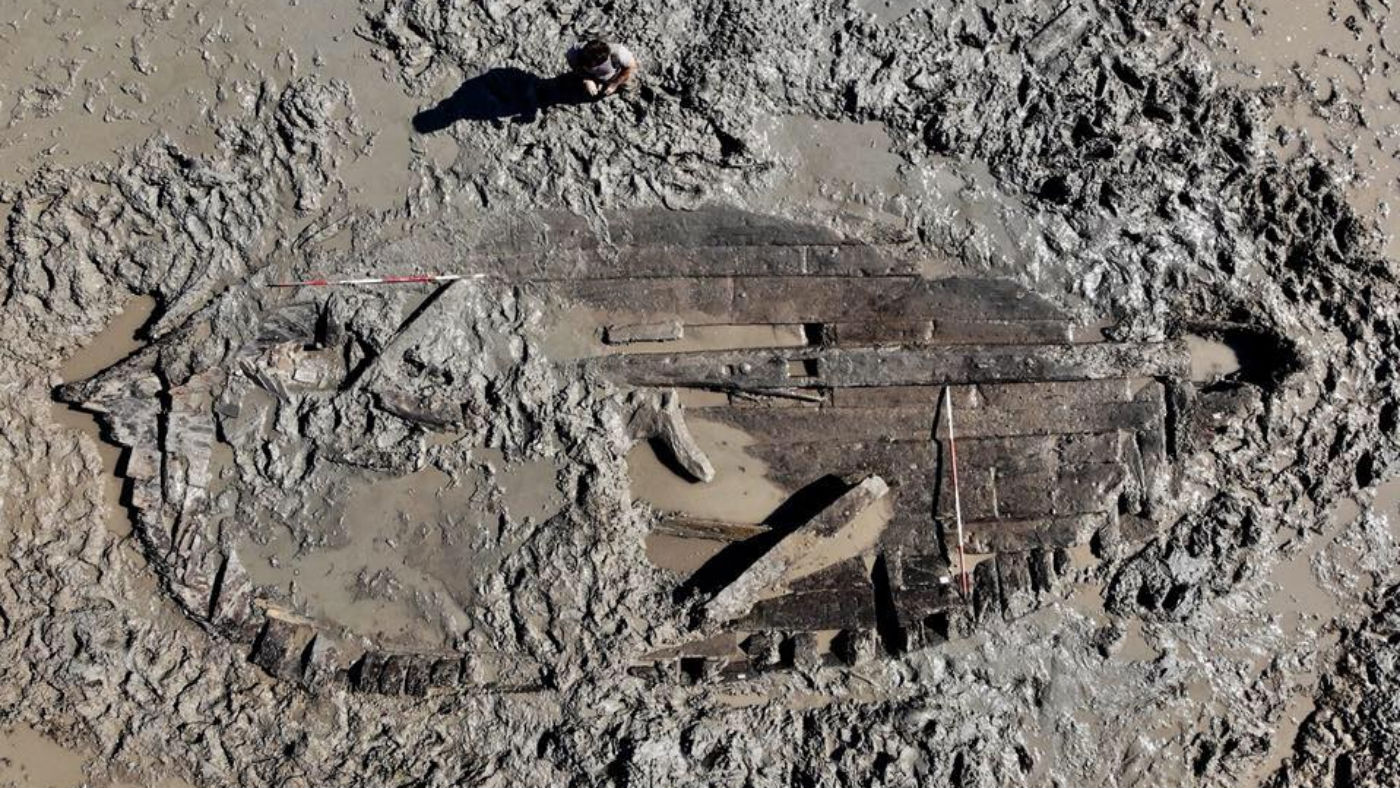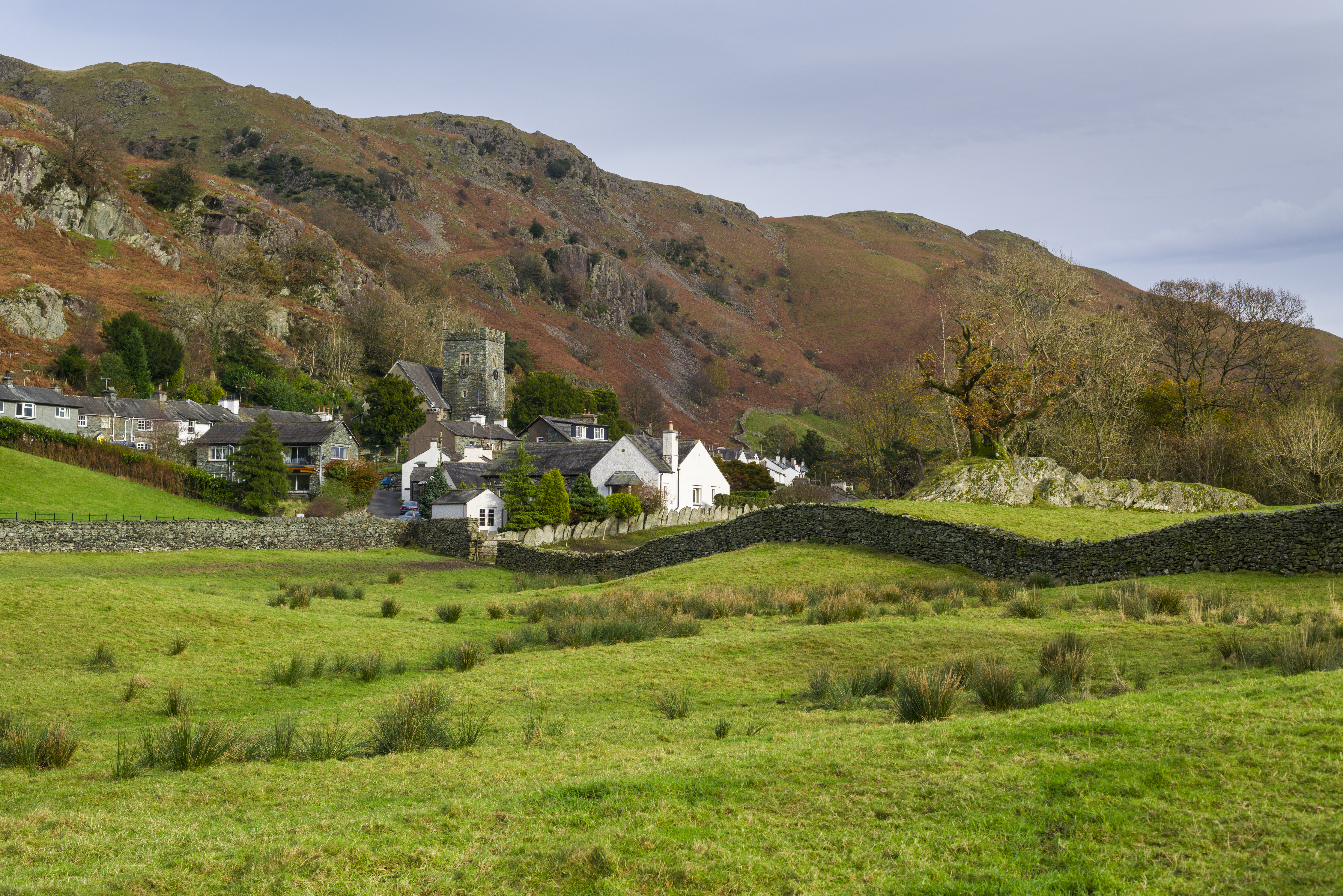Tudor shipwreck to be excavated on Kent beach
Contents of 400-year-old vessel could offer ‘marvellous’ insight into maritime history

A 400-year-old shipwreck hailed as a “marvellous” historical find is to be excavated and preserved on the Kent beach where it was discovered.
Archaeologists will work at Tankerton Beach, near Whitstable, this week to uncover the remains of the ship, whose exposed timber measures around 12 metres long.
The vessel, whose identity is not yet known, will then be examined by experts who believe that its contents may offer precious insight into life and trade in Tudor England.
The Week
Escape your echo chamber. Get the facts behind the news, plus analysis from multiple perspectives.

Sign up for The Week's Free Newsletters
From our morning news briefing to a weekly Good News Newsletter, get the best of The Week delivered directly to your inbox.
From our morning news briefing to a weekly Good News Newsletter, get the best of The Week delivered directly to your inbox.
“The hull's construction suggests it is a late 16th or early 17th century single-masted merchant ship of around 100 to 200 tonnes”, the BBC reports.
Examination of an oak plank concluded that the wood came from “woodland in southern Britain and was felled in 1531”, Sky News reports, while other samples “were tentatively dated to the 16th century”.
As for its cargo, experts believe that the boat could have been transporting a substance called copperas, also known as green vitriol, a compound used to make ink and dye. The Whitstable area was home to several copperas works during the 16th century, the i newspaper reports.
The skeleton of the vessel was spotted in the mudflats last year by local history buffs with a far more recent time period in their sights.
A free daily email with the biggest news stories of the day – and the best features from TheWeek.com
“Our group of volunteers was looking for exploded World War II pillboxes along the Kent coast,” said Mark Harrison, director of amateur archaeology society Timescapes.
"Adjacent to a lump of exploded concrete, we were amazed to see the timbers of a ship appearing out of the sand.”
After consultation with Historic England, the public body which advises the government on the preservation of heritage sites, the Department for Digital, Culture, Media and Sport has designated the wreck, along with another in Camber Sands, East Sussex, for protection.
Michael Ellis, heritage minister at the department, said that the shipwreck was “a marvellous discovery that will give us another opportunity to uncover more about what life at sea was like hundreds of years ago”.
“It is important that we protect it to learn more about our impressive maritime industry and ensure that it is preserved for future generations,” he said.
-
 7 bars with comforting cocktails and great hospitality
7 bars with comforting cocktails and great hospitalitythe week recommends Winter is a fine time for going out and drinking up
-
 7 recipes that meet you wherever you are during winter
7 recipes that meet you wherever you are during winterthe week recommends Low-key January and decadent holiday eating are all accounted for
-
 Nine best TV shows of the year
Nine best TV shows of the yearThe Week Recommends From Adolescence to Amandaland
-
 Home Office worker accused of spiking mistress’s drink with abortion drug
Home Office worker accused of spiking mistress’s drink with abortion drugSpeed Read Darren Burke had failed to convince his girlfriend to terminate pregnancy
-
 In hock to Moscow: exploring Germany’s woeful energy policy
In hock to Moscow: exploring Germany’s woeful energy policySpeed Read Don’t expect Berlin to wean itself off Russian gas any time soon
-
 Were Covid restrictions dropped too soon?
Were Covid restrictions dropped too soon?Speed Read ‘Living with Covid’ is already proving problematic – just look at the travel chaos this week
-
 Inclusive Britain: a new strategy for tackling racism in the UK
Inclusive Britain: a new strategy for tackling racism in the UKSpeed Read Government has revealed action plan setting out 74 steps that ministers will take
-
 Sandy Hook families vs. Remington: a small victory over the gunmakers
Sandy Hook families vs. Remington: a small victory over the gunmakersSpeed Read Last week the families settled a lawsuit for $73m against the manufacturer
-
 Farmers vs. walkers: the battle over ‘Britain’s green and pleasant land’
Farmers vs. walkers: the battle over ‘Britain’s green and pleasant land’Speed Read Updated Countryside Code tells farmers: ‘be nice, say hello, share the space’
-
 Motherhood: why are we putting it off?
Motherhood: why are we putting it off?Speed Read Stats show around 50% of women in England and Wales now don’t have children by 30
-
 Anti-Semitism in America: a case of double standards?
Anti-Semitism in America: a case of double standards?Speed Read Officials were strikingly reluctant to link Texas synagogue attack to anti-Semitism